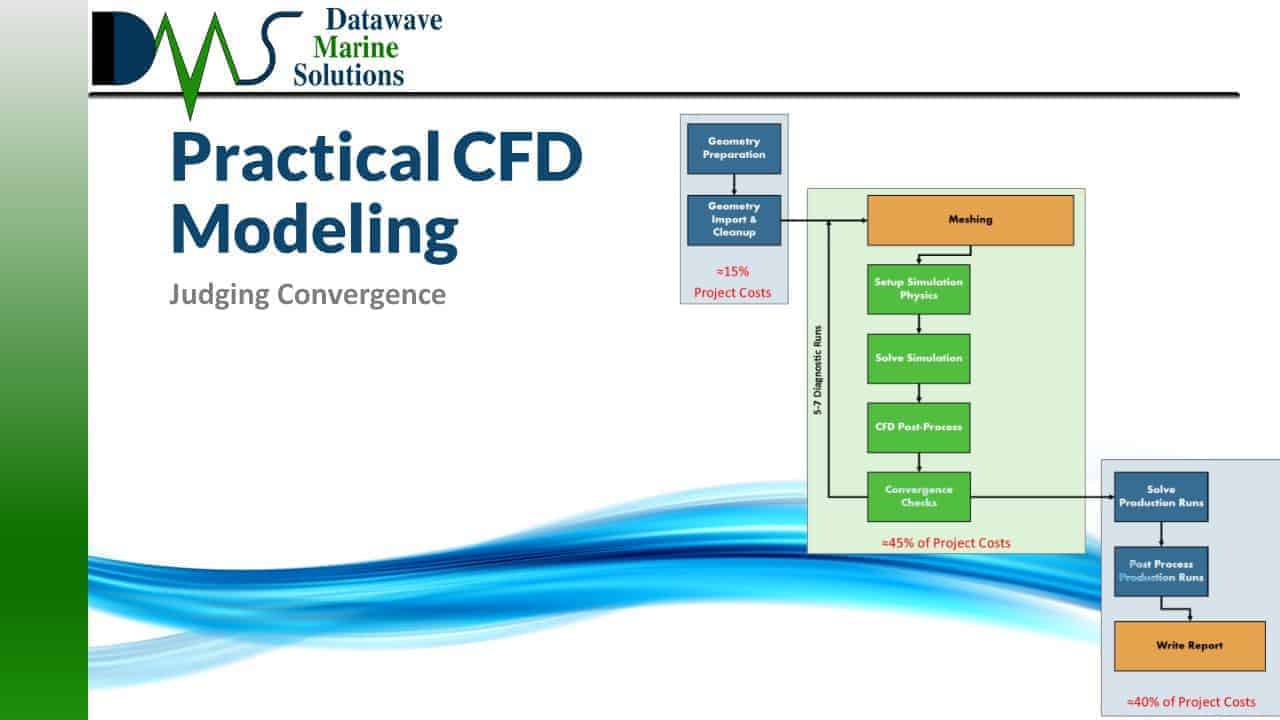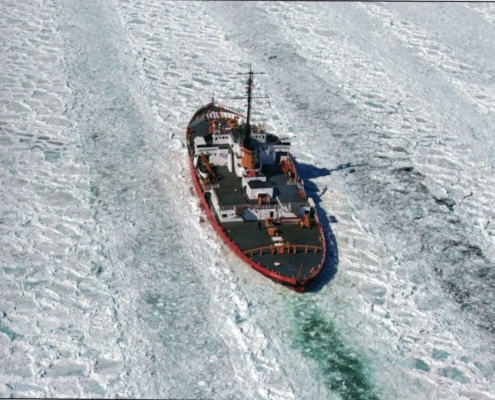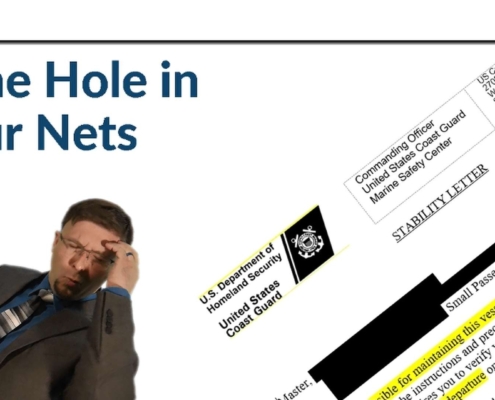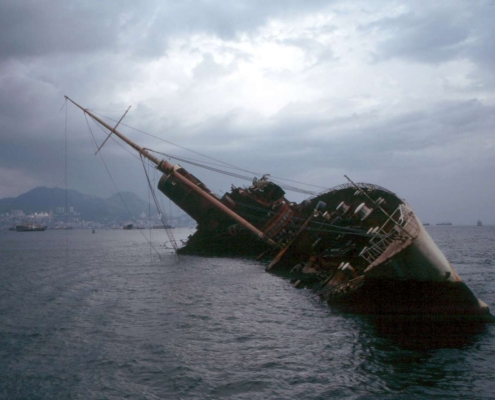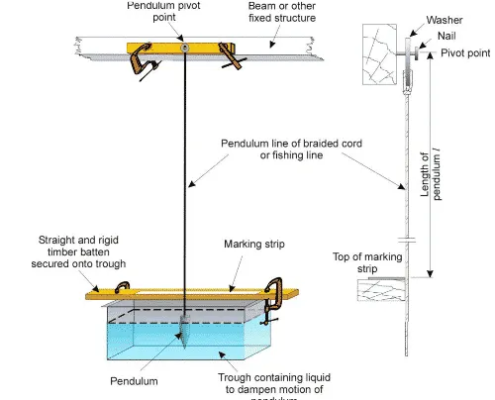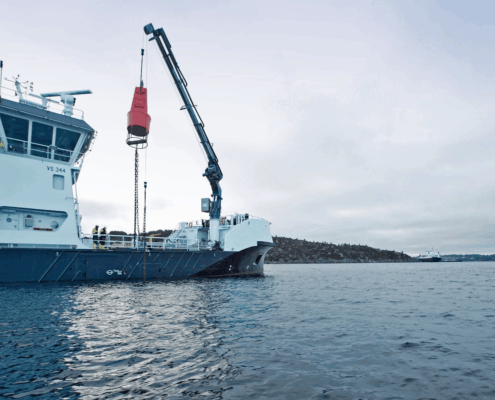The residuals plot is the main tool for judging convergence; it monitors the solution of the fundamental equations for the a CFD simulation. A typical CFD simulation includes equations for momentum, pressure, and turbulence, and the solver performs iterative solutions of these equations. The residuals plot shows the difference between successive solutions of these equations.
The solutions are aggregated and normalized so that each equation gets represented by a single number, with all numbers scaled to a common range. All residuals get plotted on one graph (with Y-axis as log scale) to allow the CFD engineer to study interactions between the equations. (Figure 4‑1)
A good residuals plot has several characteristics to identify. The key element is decreasing lines, downward slopes. Residuals should always decrease. The sawtooth pattern in Figure 4‑1 happens in unsteady simulations. Each spike represents a new timestep. Successive spikes should show decreasing peaks, or at least show each peak at the same height.
CFD engineers also expect general targets for the residuals in converged simulations. The lowest value that the residual achieves is the minimum iteration error for that simulation (or for that timestep in an unsteady simulation). Use the following targets as guidelines on corresponding simulation quality:
- 1×10-3: Just a pretty picture. Don’t trust the numbers
- 1×10-5: Excellent, reliable result
- 1×10-6: Insane quality. No need for that much
- For free surface flows, add 1×102 to all levels.
These are generalized targets. Your own experiences may vary, depending on the simulation. Sometimes the residuals plot lies. And some solvers normalize their residuals differently, making these targets completely irrelevant. Now you see why CFD engineers rely on more than one tool to judge convergence.
